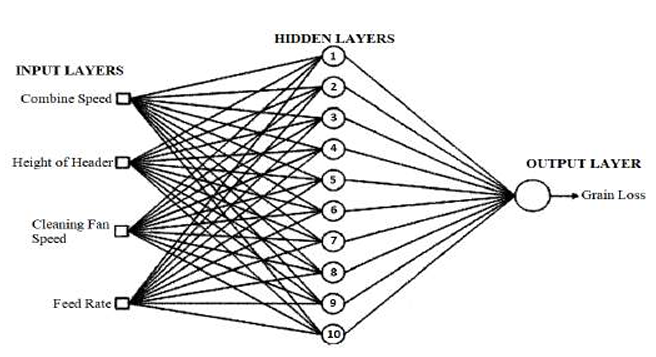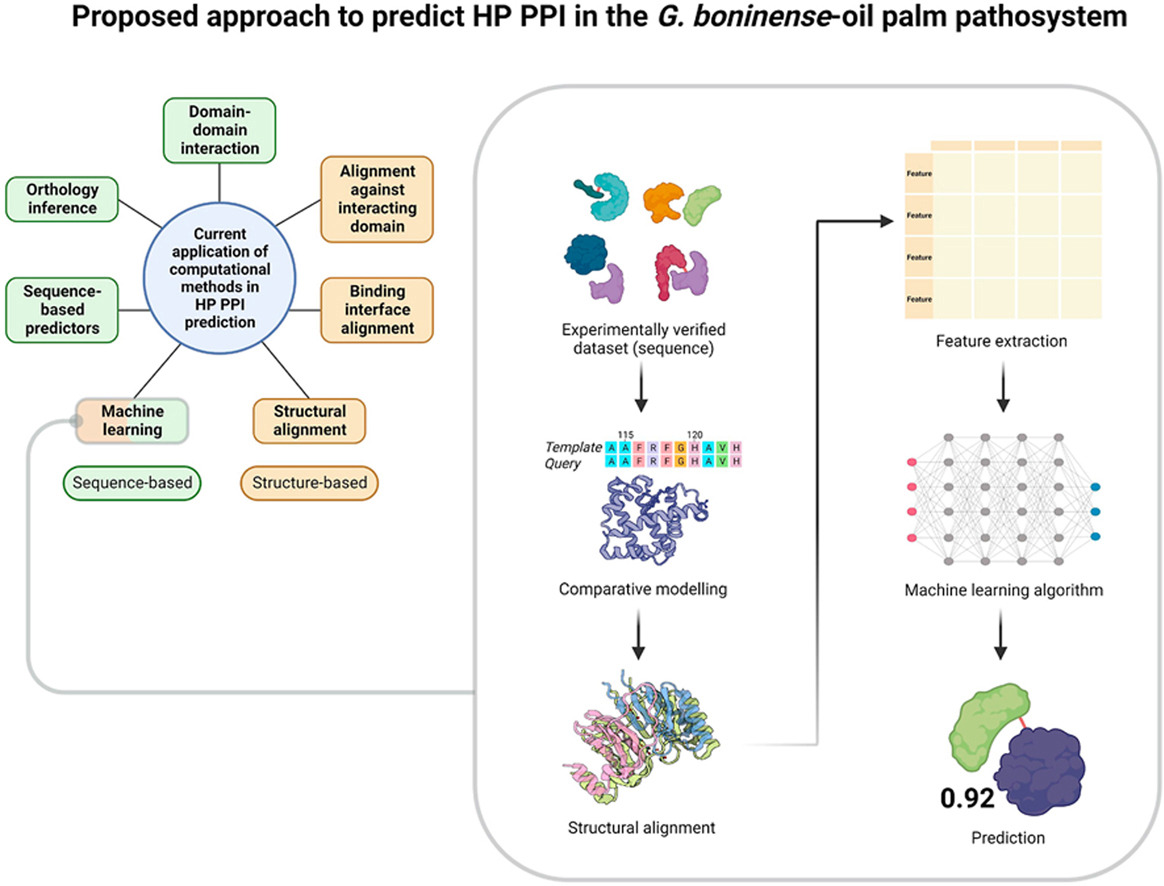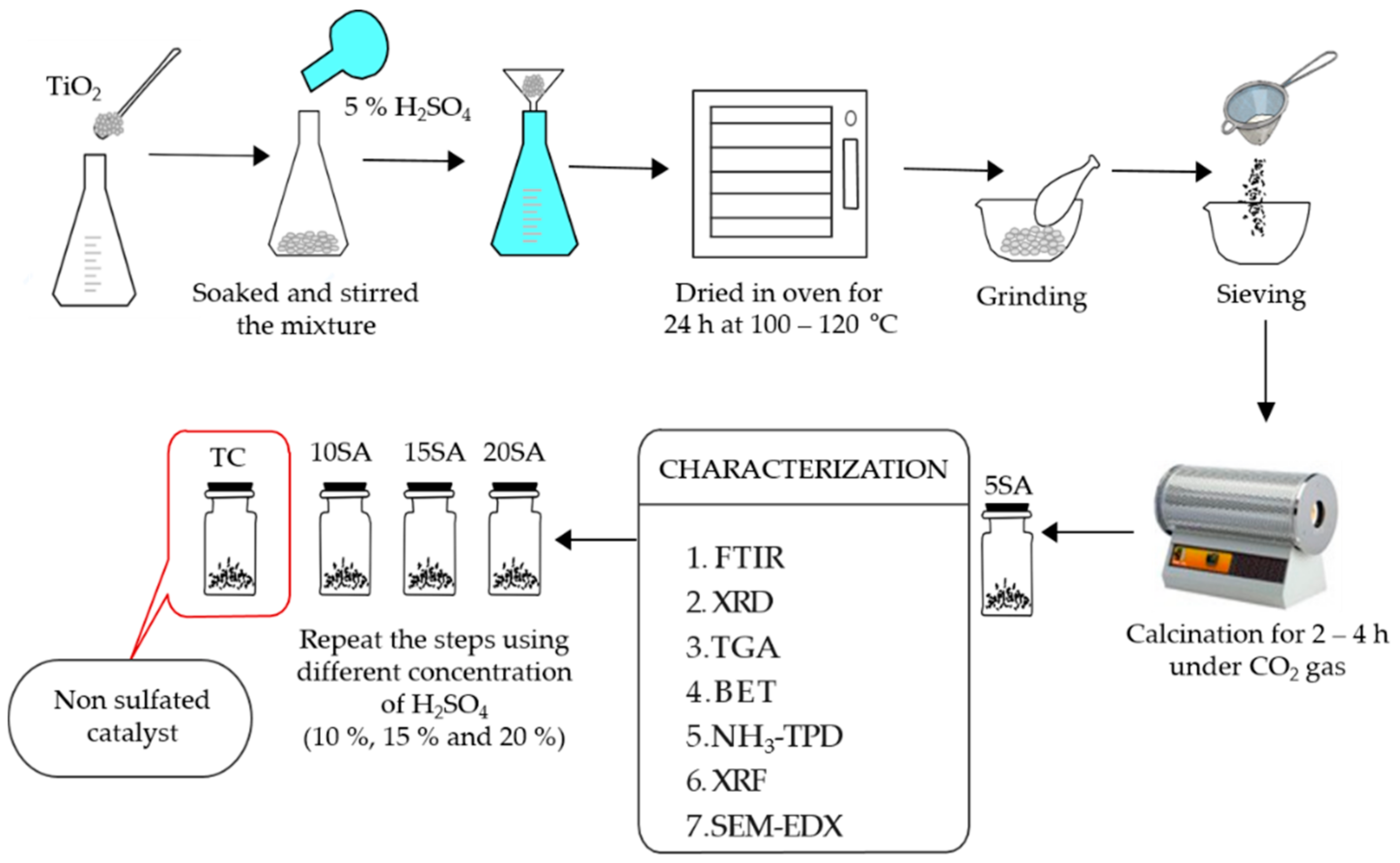|
The sudden increase in petroleum-based plastic food packaging materials resulted in widespread environmental pollution and caused a major concern about the mismanagement of plastic packaging waste [2]. Thus, alternative low-impact packaging materials must be developed to reduce environmental pollution and its impact on climate change. Green packaging of starch-based biomaterials is preferred as they are abundant, low-cost, biodegradable, and have plastic-like filmogenic properties. Biocomposite starch film based on modified bamboo cellulose treated with phosphoric acid were evaluated for their application as food packaging materials in food industry. The addition of biofibers such as cellulose is an attractive option to elevate the strength and hydrophobicity of starch films. The reinforcement effect of cellulose (used as a filler) is achieved by cross-linking with the starch matrix. In this study, the neat starch, starch with a phosphorylated cellulose–chlorine extract (St–BamChl-PO4), and starch with a phosphorylated cellulose–nitric acid extract (St–BamHNO3-PO4) were mixed with glycerol using a casting process. Results showed that tensile strengths for both St–BamChl-PO4 and St–BamHNO3-PO4 were increased at 1.18 and 7.74-folds as compared to the neat starch. Meanwhile, the crystallinity index of St–BamChl-PO4 and St–BamHNO3-PO4 films were improved at 4.9 and 5.16-folds, respectively, without lowering the thermal stability. These indicated that the modification of hydroxyl groups from the bamboo cellulose with the phosphoryl group increased cellulose–starch compatibility. Also, St–BamChl-PO4 and St–BamHNO3-PO4 films showed enhanced UV absorption, demonstrating their potential use for UV protection. This study provides new insights into the functional improvement of starch films reinforced with treated cellulose for sustainable packaging applications.
|
 |
|
 |
Starch-cellulose composite film preparation
|
|
Optical properties and visual appearance of starch-cellulose composite film
|
|
Farah Nadia Omar., Halimatun Saadiah Hafid., Jiangyu Zhu., Ezyana Kamal Bahrin., Farah Zeehan Mohd Nadzri., Minato Wakisaka (2022). Starch-based composite film reinforcement with modified cellulose from bamboo for sustainable packaging application. Materials Today Communication 33: 104392
Artikel penuh: https://doi.org/10.1016/j.mtcomm.2022.104392
|
Date of Input: 21/11/2022 | Updated: 21/11/2022 | ainzubaidah
MEDIA SHARING




























